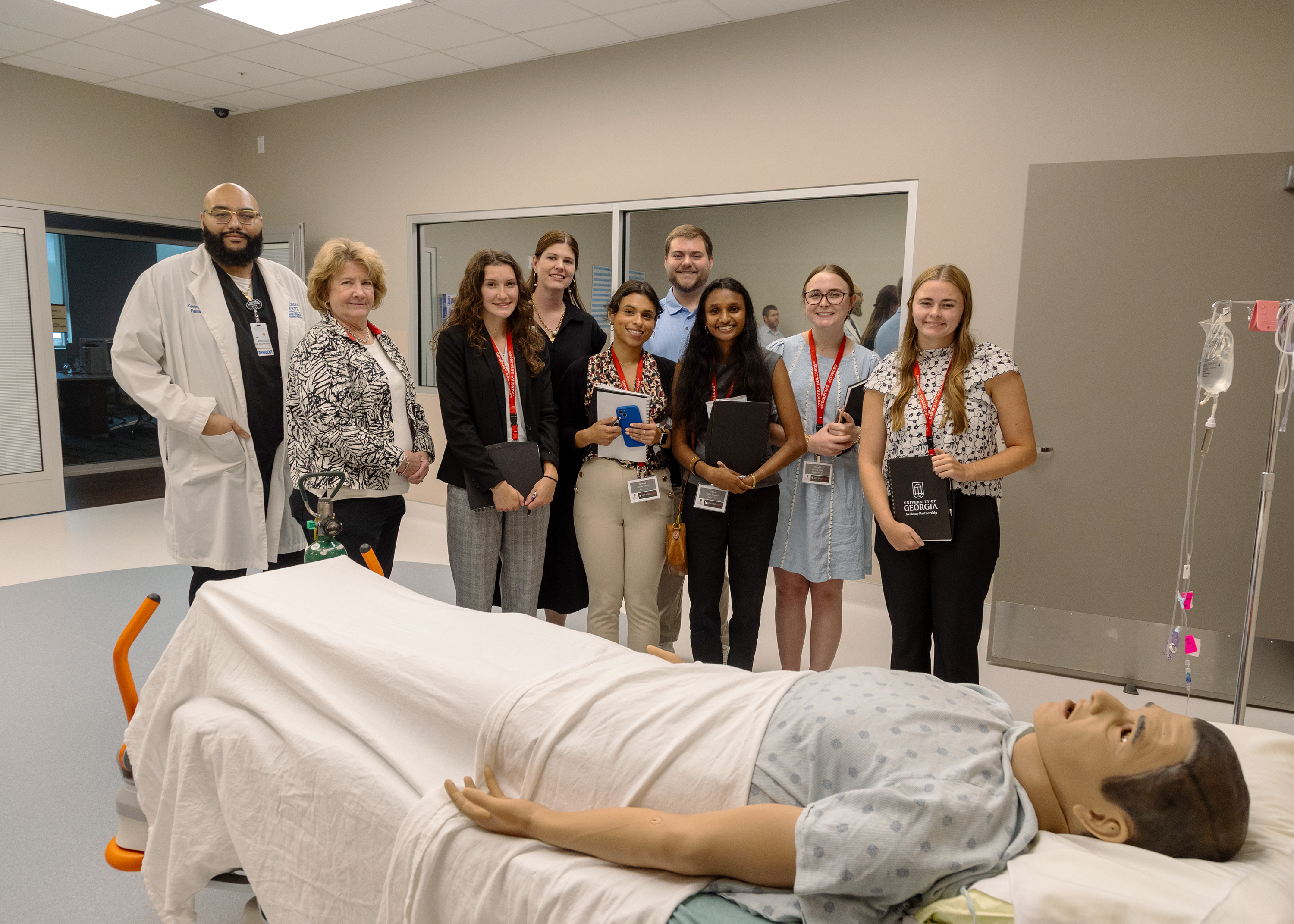MICHAEL LEACH: Lack of education, prevention, and awareness increase drug overdose rates
Published 3:31 pm Thursday, September 22, 2022

- Michael Leach
The first line of defense to prevent addiction and overdose is education, prevention, and increased awareness. Unfortunately, this has been lacking in Georgia, where opioid overdose deaths have risen rapidly since 2010.
The Drug Surveillance Unit reported that since 2013, illicit opioids such as heroin and fentanyl drove the sharp increase in overdose deaths. After the pandemic, fentanyl-laced overdose deaths spiked by 800%. In 2022, the numbers continue to remain high, and fentanyl is the primary driver of this problem.
Trending
A lack of education, prevention, awareness, and the increased presence of fentanyl in other illicit drugs contributes to this health crisis. It is causing teens and adults to die; fentanyl-involved overdose deaths among adults increased by 230%.
“Drug education and prevention are key, especially with online drug dealing, which is where teens and young adults easily access drugs laced with fentanyl,” said Marcel Gemme of Addicted.org. “Drug dealers have turned to social media platforms to sell drugs, and there is no limit to where they can reach.”
The Substance Abuse and Mental Health Services Administration is the state’s primary funder of substance abuse prevention services. There are significant prevention resources, but it seems the word is not getting out, or people are unaware of them.
The statewide opioid task force reported that all drug overdose deaths increased by 55% from 2019 to 2021. Half of all the opioid-involved deaths involved a stimulant, and fentanyl remained the driving force behind it.
In January 2022, the state joined the $26 billion multistate settlement agreement with the nation’s three major opioid manufacturers and is in a position to receive over $600 million to create additional resources.
Before fentanyl was making headlines, an underlying issue was the overprescribing of opioid pain medication. However, since 2016 it has been on a steady decline. From 2020 to 2021, the number of opioid prescriptions decreased by 8%.
Trending
In 2018, for example, Georgia providers wrote 63.2 opioid prescriptions for every 100 persons, which was the lowest rate in the state since 2006.
Along with the current substance abuse prevention initiatives and projects, the state utilizes Naloxone to prevent and respond to an overdose. While early intervention is critical, drug rehabilitation and aftercare support are the only way to overcome drug addiction.
Unfortunately, common barriers are preventing many people from accessing drug rehab. Inadequate or no health insurance is the most common, as health insurance plans cover costs associated with substance use treatment.
Georgia’s uninsured rate is the fifth worst in the country. In rural Georgia, the uninsured rate could climb to more than 25% by 2026. In addition to this, there is a stigma surrounding addiction, which is why education is critical to help everyone understand what addiction is and how it can be overcome.
It begins with education, prevention, and awareness, which also helps get people into treatment, support, or a recovery group. It also takes a community to implement these programs, support those in recovery, and help those struggling with addiction.





